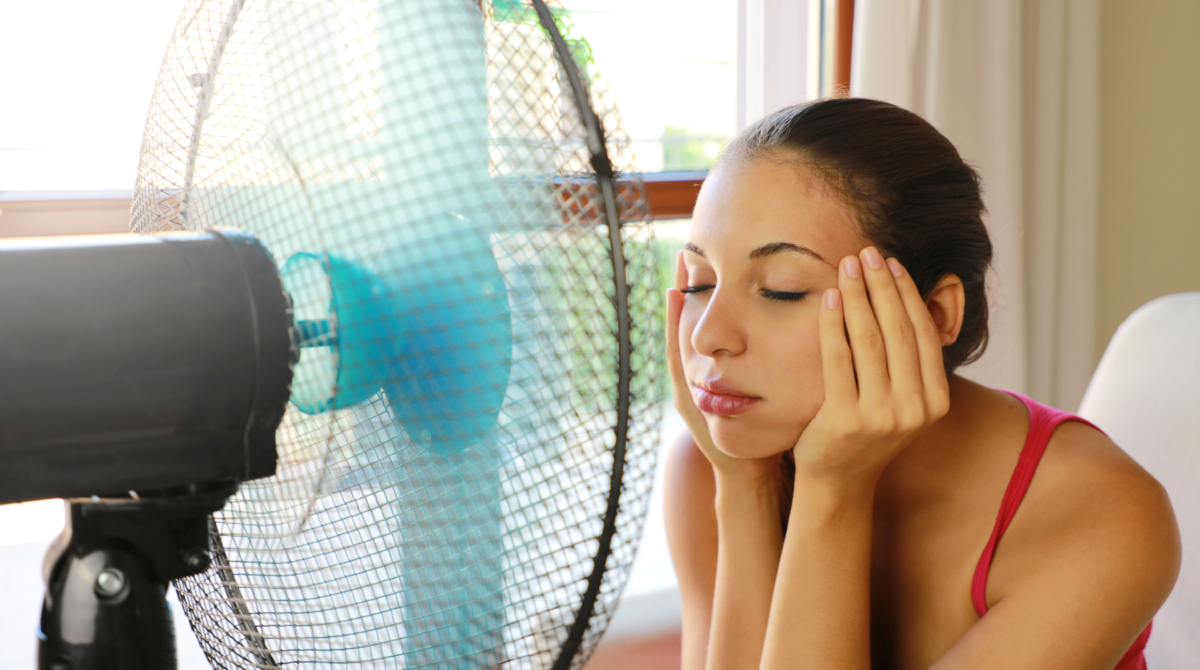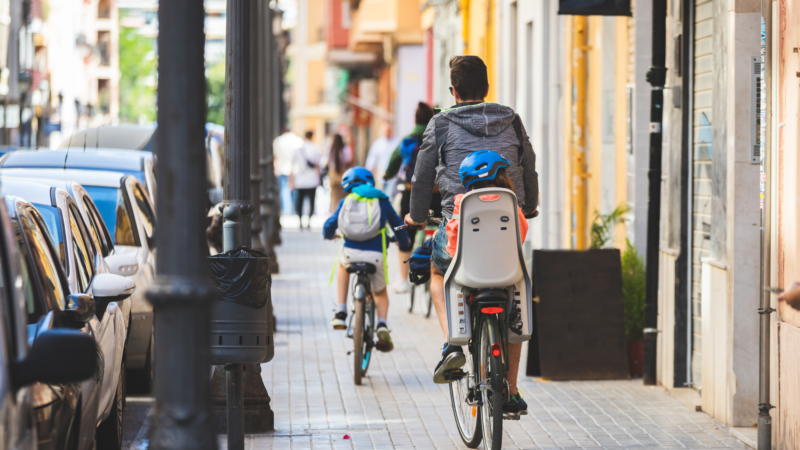From the northeast to the pacific northwest, it’s been a summer of headline-making extreme heat. As record-breaking temperatures blanket communities that find themselves unprepared for long stretches of 90 and 100 degree days, the question of heat safety is top of mind. With heatwaves becoming hotter and more frequent, communities across the country are grappling with how to keep vulnerable residents safe from intense heat and how, if at all, to adjust school, work, and daily life when the next heatwave rolls around.
The University of Vermont Larner College of Medicine’s Jan Carney, MD, MPH, was recently tapped by Popular Science to weigh in on strategies for building heat resilience into our summer routines. In “Are ‘heat days’ the new snow days?”, Dr. Carney urges caution about implementing heat day policies across the board, reminding us that heat relief steps need to be tailored to specific community conditions and realities.
“If it is a school day, schools could be air-conditioned while homes may not be,” Carney says, “and this may vary from community to community.” The bottom line, according to Carney, is that it’s essential to know which occupations, places, and populations may be most vulnerable, learn about the impact of heat on human health, and have a plan in place, whether in workplaces, schools, or other community locations.
“I think local communities, who know most about their communities, play a critical role in helping their residents – particularly those most vulnerable – to stay protected during heat waves. This will likely get even worse, and we need creative approaches to get people’s attention and to keep them safe,” Carney advises.
Assigning names to heatwaves, like tropical storms and blizzards, is one such creative approach. Reducing the risk of heat-related illness involves grabbing public attention with quick, clear communication; “Public attention to potential hurricanes, blizzards, and other weather events took time to resonate with people – we can try the same approach to raise awareness and communicate the urgency of extreme heat days to people,” says Carney.
In addition to naming heatwaves, Carney suggests that extreme heat communications could include experimental terminology such as “heat storm” to express urgency and impact. Subtly, in Carney’s mind, will not save lives. “We have major alerts for crime, air pollution, and severe weather,” she says. “Should we add extreme heat to the list?”
Learn about CDC recommendations for staying safe in extreme heat.




